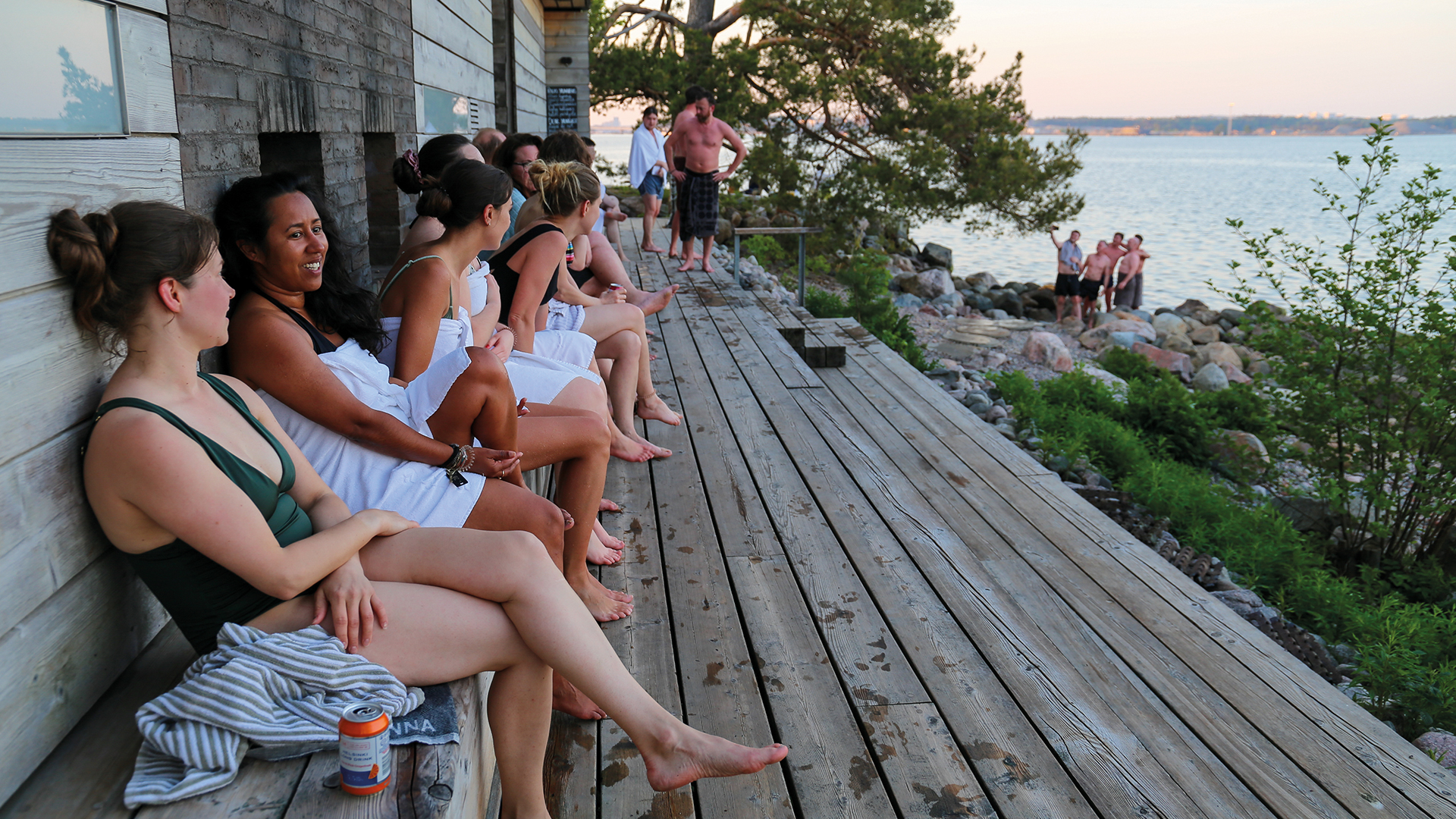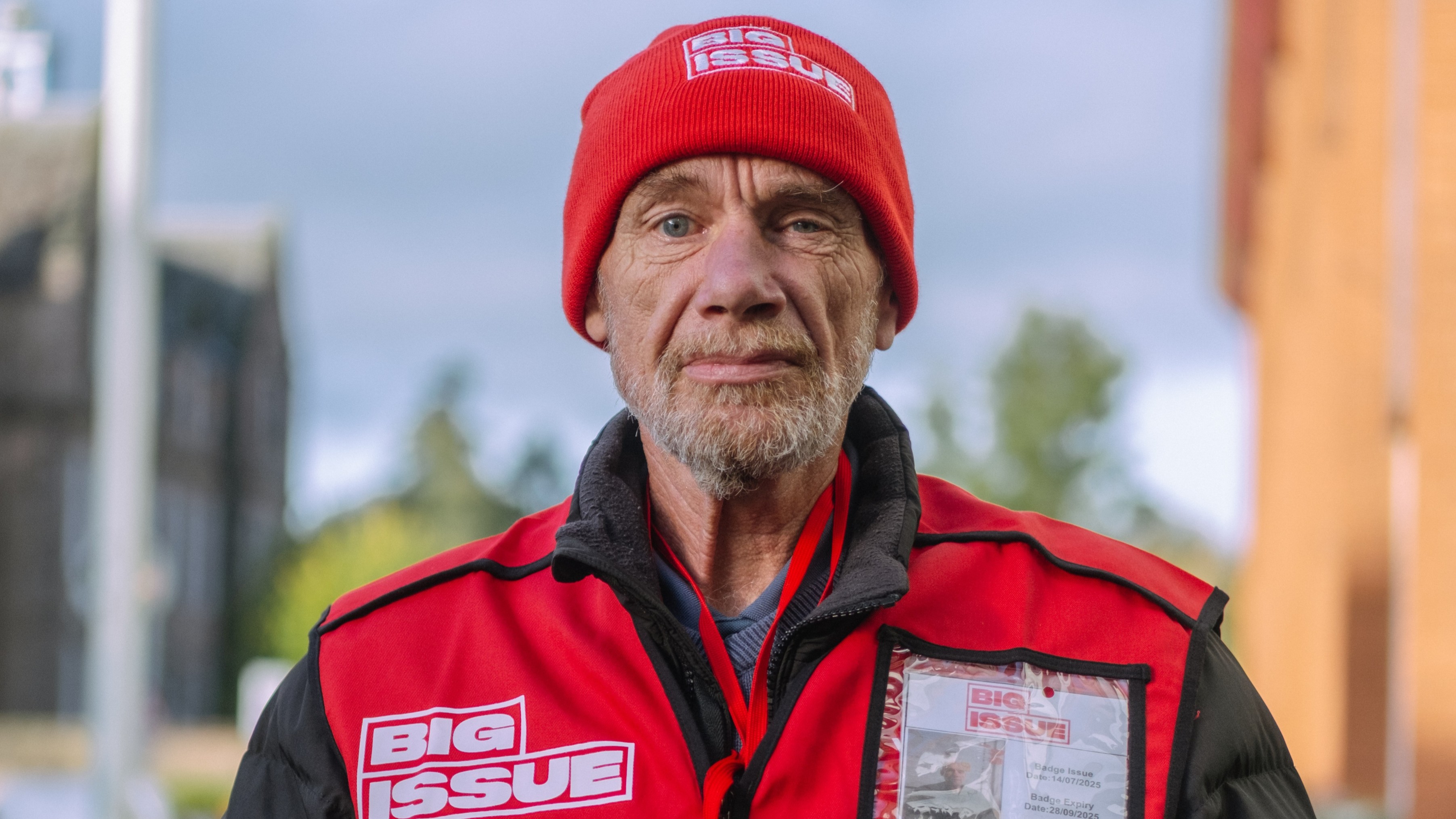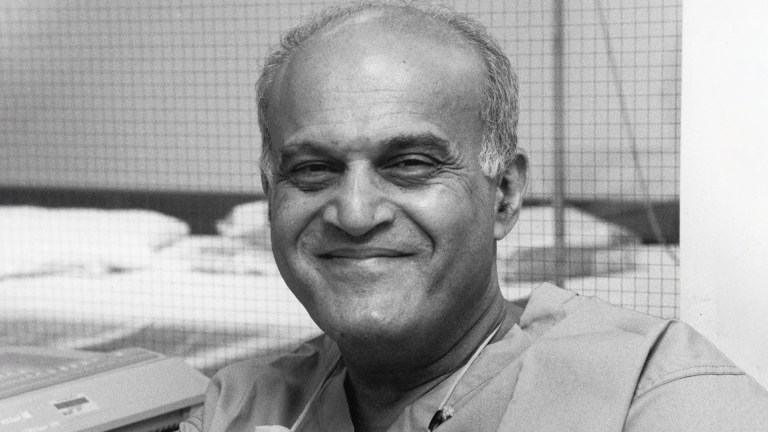Why is sauna so big in Finland? In a sense it’s a geographical destiny. By simply looking at the landscape, you can see that Finland is made of trees, lakes and stone. Each one of those elements is an essential component for sauna: timber and firewood, lakes for cooling off, water to splash on heated stones to summon löyly, the magical steam that fills the hot room and embraces bathers like the breath of a kindly dragon.
Then there’s the fact that they simply made sense for survival. When humans gradually settled the cold northern reaches of Europe, saunas were a constant companion. Anything, including staying clean and healthy, giving birth, tending to ailments and kilning malt involved saunas. Times changed, but Finns never let go of this tradition. Instead they rallied around it and wove it into the fabric of everyday life.
Get the latest news and insight into how the Big Issue magazine is made by signing up for the Inside Big Issue newsletter
Imagine a Finnish sauna as a multi-sensory experience of not just heat and steam, but also water, outdoors and nature. A typical Finnish sauna is situated between woodland and lakeshore. Patrons cool off in one of the 188,000 lakes (or the Baltic Sea), rest in a canopy of pines or birch trees and breathe fresh, clean air. Sounds very Nordic, healthy and happy doesn’t it?
Speaking of happiness – since Finland is ranked number one in the world by the United Nations – is there a connection? Saunas offer everyone a way to get out of the daily grind and tune in to an elemental state. Reset the mind, body and soul, if you like. A respite from smartphones and distractions. A chance to literally let off some steam, but in a non-confrontational way. Many sauna-goers report feeling aligned after a session.
While Finland has arguably become more individualistic, sauna is an anchor to a collective subconscious that binds Finns across generations. Saunas have adapted to modern life, but in their bones Finns know that their ancestors have been going to them just like they do, and the generations to come will do the same. They foster a sense of belonging.






